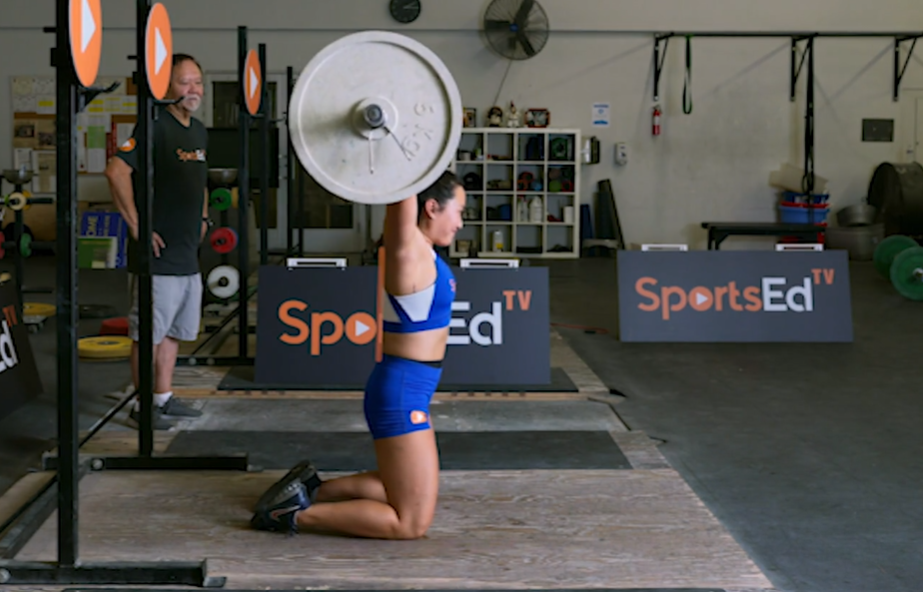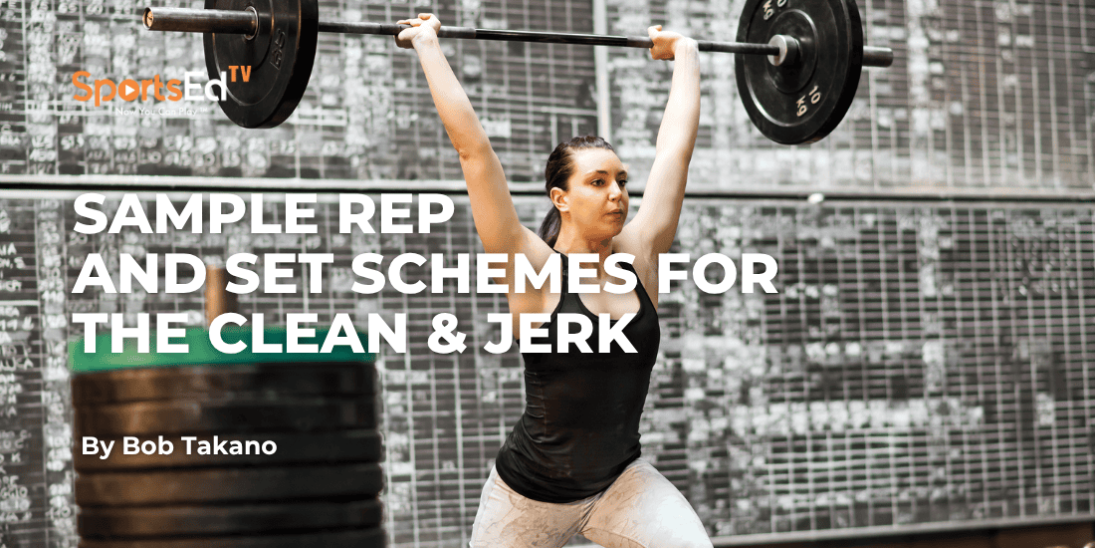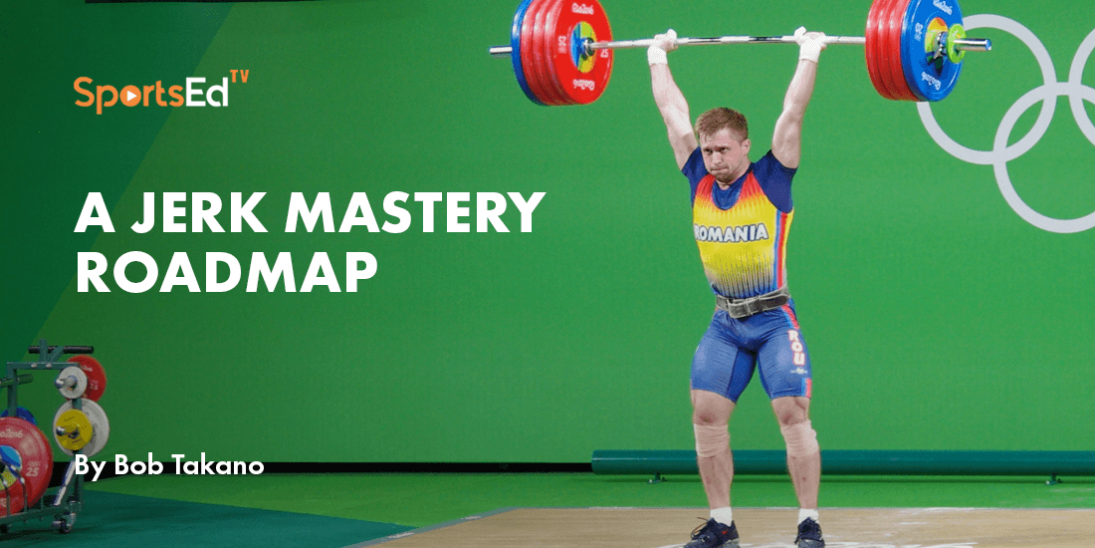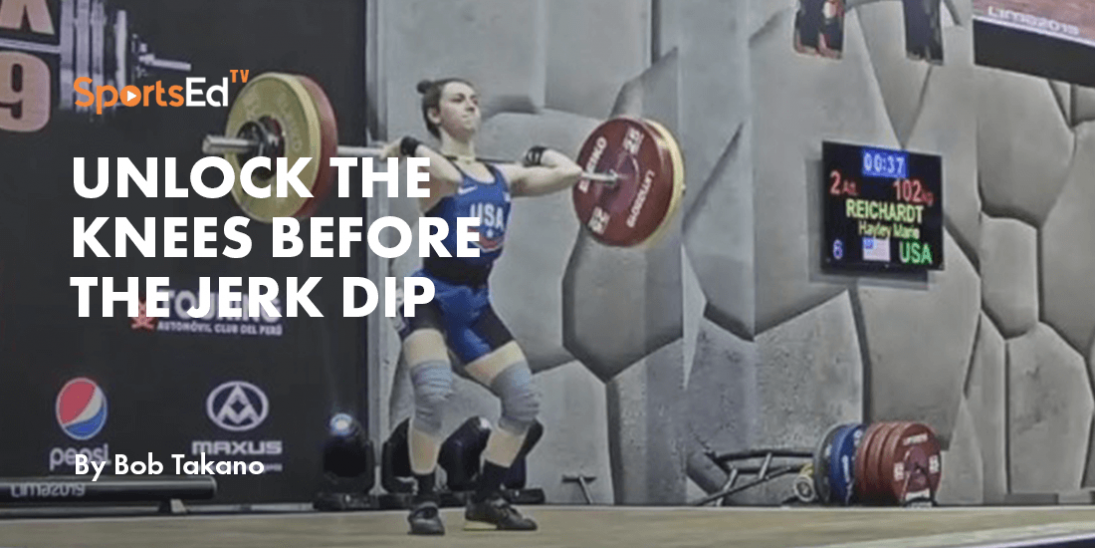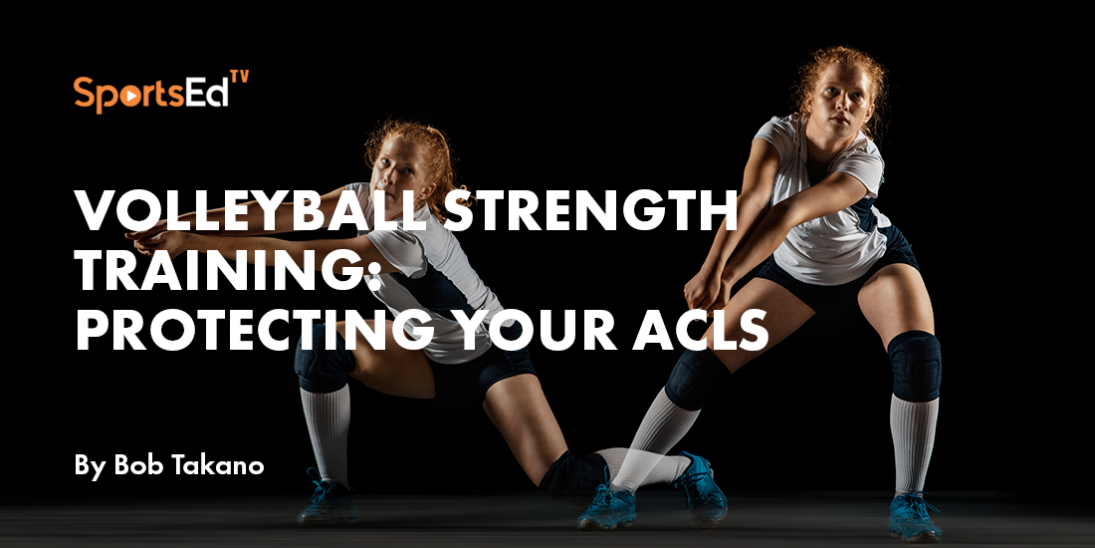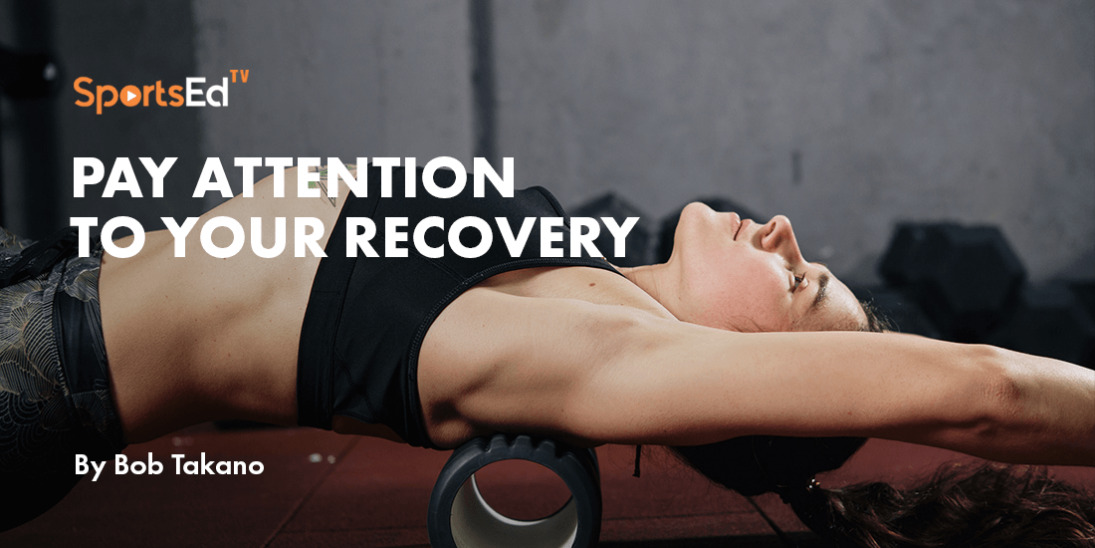Weightlifting
Welcome and thanks for visiting...

Optimizing Snatch Technique: Understanding Arm Role and Grip Width
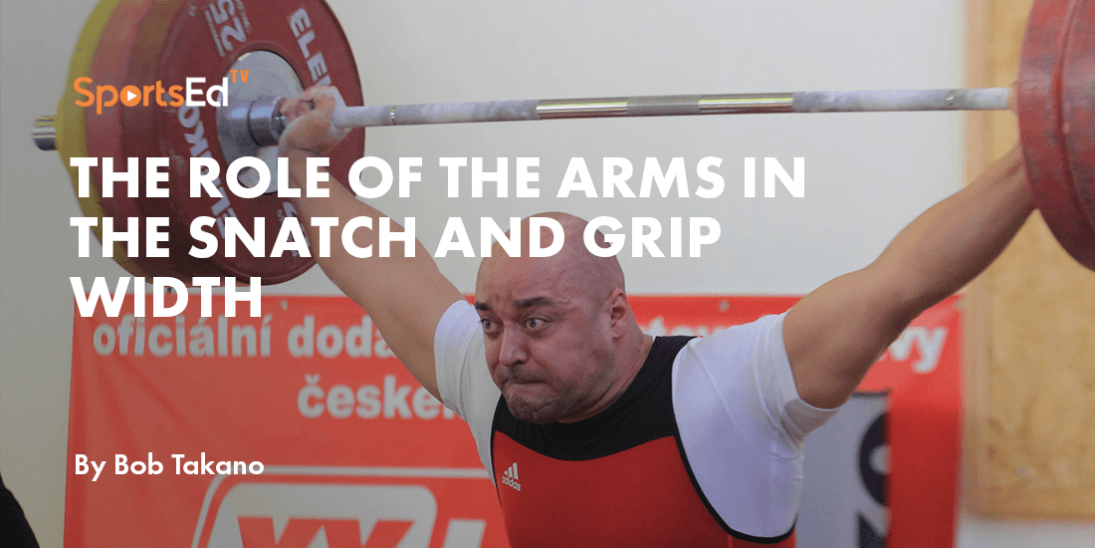
At some of the courses I’ve been teaching lately, I frequently encounter the issue of grip width in the Snatch. Too many novices are seeing elite-level lifters take a collar-to-collar grip in the snatch and try to emulate that. Furthermore, they are seeing elite lifters make contact between the hip crease and the bar and are also overly concerned with that point of contact. Many lifters, while trying to get the bar into the hip crease, end up putting the center of pressure on the heels, minimizing the power that can be generated.
I see that many lifters are still dealing with the issue of bar placement overhead in the performance of the snatch. It is that the bar is pulled high enough, but it is not caught within that very narrow range where support is possible.
3 Factors That Affect Bar Placement
If the pulling mechanics of the legs and hips during the first pull are optimal, then bar placement will be dependent on three factors:
- Hip extension (which is not possible without plantar flexion at the ankles)
- Arm Pull (after hip extension)
- Arm Extension (in the catch phase)
So, what are the roles of the arms during the performance of the snatch?
- Keeping the bar pathway relatively vertical and close to the body.
- Locking the bar overhead in the correct position.
- Pushing the body down quickly under the bar.
The Role of the Arms
After the hips extend, the arms bend by directing the elbows upward and to the sides of the body. After maximum speed is achieved, the elbows swing forward and push the body down under the bar while simultaneously locking out the bar overhead.
The function of the arms, therefore, is to pull (adding speed) and to push. This will place the bar in the correct position overhead if done correctly.
Exercises to Develop the Patterns
The kneeling snatch is the first and most basic exercise to develop this arm movement pattern. It is especially helpful to those with the habit of swinging the bar out. You can watch the video here.
The second exercise to aid in the movement pattern development is the muscle snatch-off blocks, which can be viewed here.
The Source and Result of Problems
Most of the problems I’m observing are because relatively undeveloped lifters employ a grip width that is too great. When the grip is too wide, the bar pathway tends to be more of an arc, placing undue stress on the shoulders and wrists during the supportive phase.
Incorporating the exercises into training
The aforementioned exercises can be done as part of the warm-up prior to snatching. Select one or the other and do four sets of 3 repetitions using a weight that will allow for correct execution to warm up the movement pattern before progressing to a conventional snatching session.
For those searching for the most credible training information based on fifty years of coaching experience, the Takano Weightlifting Coaching Membership is a vast collection of videos and written content touching upon a complete approach to coaching weightlifting. Coaches of beginners and elite athletes will be able to discover helpful content. Lifters will also find this information valuable, although it is written from a coaching perspective. Check out this link Takanoweightliftingcoaching, to find out more and sign-up.



